By Patrick J. Chaisson
A thousand questions flashed through Lieutenant Cy Lewis’s mind as he spotted the pair of German Messerschmitt Me-109 fighters banking in to attack him. What’s my airspeed, altitude, direction? Is Healy awake back there in the gunner’s seat? How can I maneuver this crate around to give him a clear shot?
Lewis then spied the light cruiser USS Boise 6,000 feet below him and about six miles out to sea. Shoving the nose of his Curtiss SOC “Seagull” scout-observation aircraft down into a steep power dive, the naval aviator made a run for Boise’s protective antiaircraft umbrella.
His aging biplane was no match for its German pursuers. Heavily armed, highly agile, and 200 miles per hour faster than their quarry, both Me-109s poured fire into Lewis’s Seagull. Two 20mm explosive shells punctured the SOC’s lower left wing, sending hot shrapnel into its fuselage but luckily missing the crew. Return fire from Radioman Healy’s puny .30-caliber machine gun ceased after a few bursts when that weapon jammed.
Cy Lewis knew he and Healy would never reach their ship. Still, he had to let someone on the Boiseknow what was going on. “Two Messerschmitts on my tail,” he shouted into his radio. “Prepare to pick me up!”
Yet somehow the rugged Seagull, by now flying nearly upside down, got underneath the cover of Boise’s guns. Looking behind him, Lewis saw the enemy interceptors withdraw. A moment before, he was sure he would be shot down; now the cocky airman got back on the radio to amend his earlier report.
“Belay that,” he joked. “They’ve gone back for reinforcements.”
Ordered to return with his damaged floatplane, Lieutenant Lewis had one last question on his mind. “What happened to our air force, whose job it was to keep these Messerschmitts off our backs?”
Aboard the attack transport USS Monrovia, Vice Admiral H. Kent Hewitt was wondering the same thing. Hewitt commanded the Western Task Force, fully one half of Operation Husky, the Allied invasion of Sicily. During the early morning hours of Saturday, July 10, 1943, his 601 warships and landing craft began putting ashore some 90,000 soldiers belonging to the U.S. Seventh Army. It was part of the largest, most complex amphibious landing yet attempted in World War II.
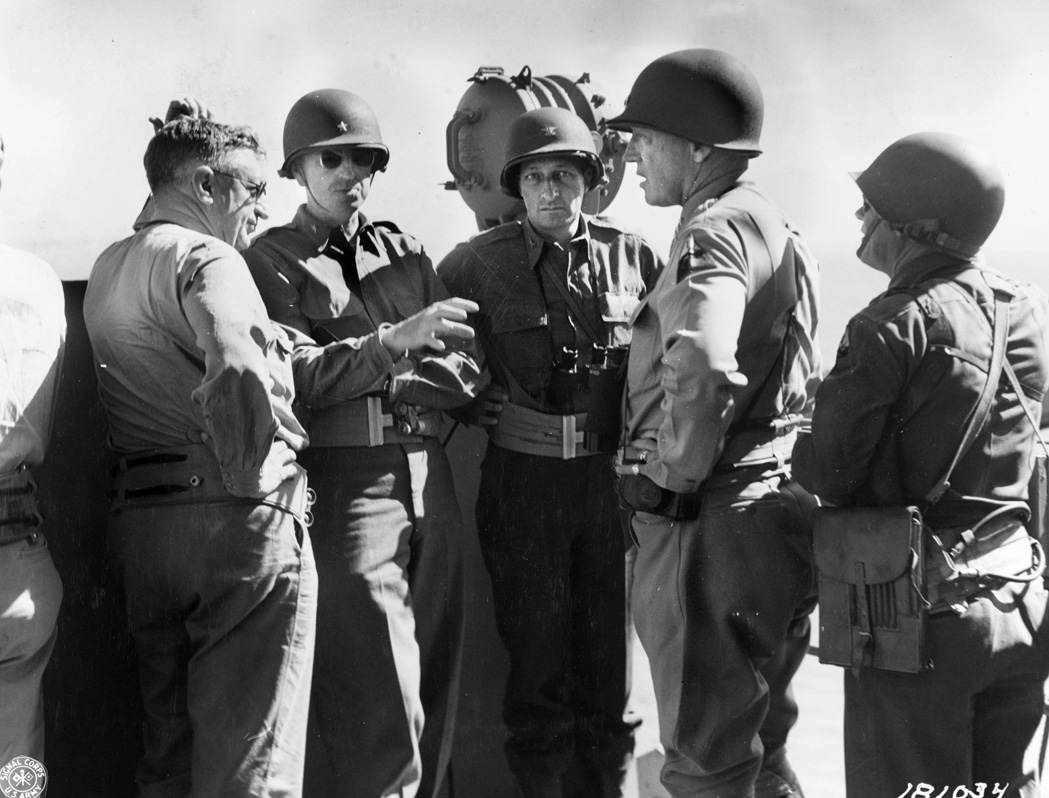
From the start Axis aircraft flying from bases in Sicily and on the Italian mainland did their best to disrupt Hewitt’s plans. Even before sunup on D-day, Luftwaffe bombers began prowling the coastline in search of ships to attack. At 0458 hours they claimed their first victim when two bombs from a Junkers Ju-88 bomber struck and sank the destroyer USS Maddox. With the dawn came a new, dangerous threat, Me-109 fighter planes intent on menacing the invasion beaches.
Hewitt had no friendly air cover with which to counter these raiders. The U.S. Atlantic Fleet had reassigned all aircraft carriers previously available in the Mediterranean Theater of Operations to other missions elsewhere. Instead, U.S. Army Air Forces (USAAF) fighters were supposed to be guarding the invasion fleet. But due to a series of misunderstandings and communications foul-ups, the Curtiss P-40 Warhawks and Lockheed P-38 Lightnings of Lt. Gen. Carl “Tooey” Spaatz’s Northwest African Air Force had left the fleet almost totally unprotected throughout Husky’s critical early hours.
An amphibious landing was most vulnerable at its beginning, during which lightly equipped assault troops still struggled to secure the beach. Without their own armor and artillery in place on shore, Army commanders relied on the U.S. Navy to ward off enemy counterthrusts from the air, sea, and ground. Off the American beaches at Sicily, naval gunfire support came in the form of five light cruisers, several dozen destroyers, and a British warship. These vessels could bombard a wide array of hostile targets, providing their guns were directed properly—“spotted” in Navy jargon.
There were two ways to spot naval gunfire during an invasion. Shore fire control parties, specially trained sailors and officers, normally accompanied the first waves of assault troops. Utilizing powerful radios, these teams transmitted plotting data to supporting warships and called in corrections as necessary.
The other spotting technique was by air. Each of the five cruisers in Admiral Hewitt’s Western Task Force operated a small flotilla of scout-observation aircraft. While capable of performing a variety of tasks, it was as aerial spotters that these floatplanes would prove their worth over Sicily. Naval aviators repeatedly detected armored counterattacks moving against the landings in time to direct lethal volleys of naval shellfire against their distant foe.
They carried out these hazardous duties in unarmored, slow-flying aircraft that proved to be sitting ducks against modern interceptors. One after another, Navy floatplanes fell victim to the guns of Luftwaffe Messerschmitts that terrible morning. Yet Admiral Hewitt and his cruiser captains had no choice but to keep sending their spotters up. Lieutenant Lewis’s last report to the Boisebefore he was attacked told of another massive German tank column advancing on the beaches.
Most of the scout-observation aircraft operating over Sicily on July 10, 1943, were Curtiss-designed SOC and SON Seagulls. Designed in 1933, this single-engine biplane first entered Navy service two years later. Curtiss built 261 of them at its Buffalo, New York, plant under the designations SOC-1, -2, and -3. Another 44 Seagulls, identical to the SOC-3, were manufactured as SON-1s by the Naval Aircraft Factory of Philadelphia. Production ceased in 1938.
Crewed by a pilot and radioman/gunner, the Seagull could carry two 100-pound bombs or a pair of 250-pound depth charges under its lower wings. Defensive armament included one fixed forward-firing .30-caliber machine gun, with another .30-caliber weapon on a flexible mount in the rear cockpit.
To launch their spotter planes while at sea, U.S. light cruisers all came equipped with two catapults positioned on the fantail. During flight operations, a 23-pound explosive charge shot each SOC off the catapult rail at 80 miles per hour. Recovery was by way of a web “sled” or “mat” trailed astern, onto which the aircraft water taxied after landing. It then hooked into the sled, cut power, and was brought alongside its mothership. Finally, a crane hoisted the floatplane back on board.
By the time of America’s entry into World War II, the Curtiss SOC was getting a bit long in the tooth. It had already been replaced on most of the Navy’s battleships and heavy cruisers by a newer, faster monoplane known as the Vought OS2U Kingfisher. Curtiss’s elderly twin-wing remained aboard light cruisers only due to a general shortage of scout-observation aircraft as well as a unique feature of its design. Unlike the Kingfisher, a Seagull’s wings could be folded for storage inside the aircraft hangar found belowdecks on Brooklyn-class vessels. This enabled one ship to carry four SOCs versus two OS2Us, an important consideration during wartime.
These floatplanes performed ably in battle as sub hunters, reconnaissance scouts, and spotter aircraft. By 1943, they had earned a solid reputation for versatility and trustworthiness. Still to be seen, though, was how well they would fare against modern antiaircraft defenses such as those known to be emplaced on Sicily. And then there was the matter of the Messerschmitts.
Allied intelligence estimated enemy frontline fighter strength in Sicily and southern Italy to total approximately 250 aircraft. While this number included some Italian planes of lesser quality, the majority—205 airframes—were Me-109 interceptors flown by combat-tested German pilots. Invasion commanders could not permit these deadly predators to operate unimpeded over the landing beaches.
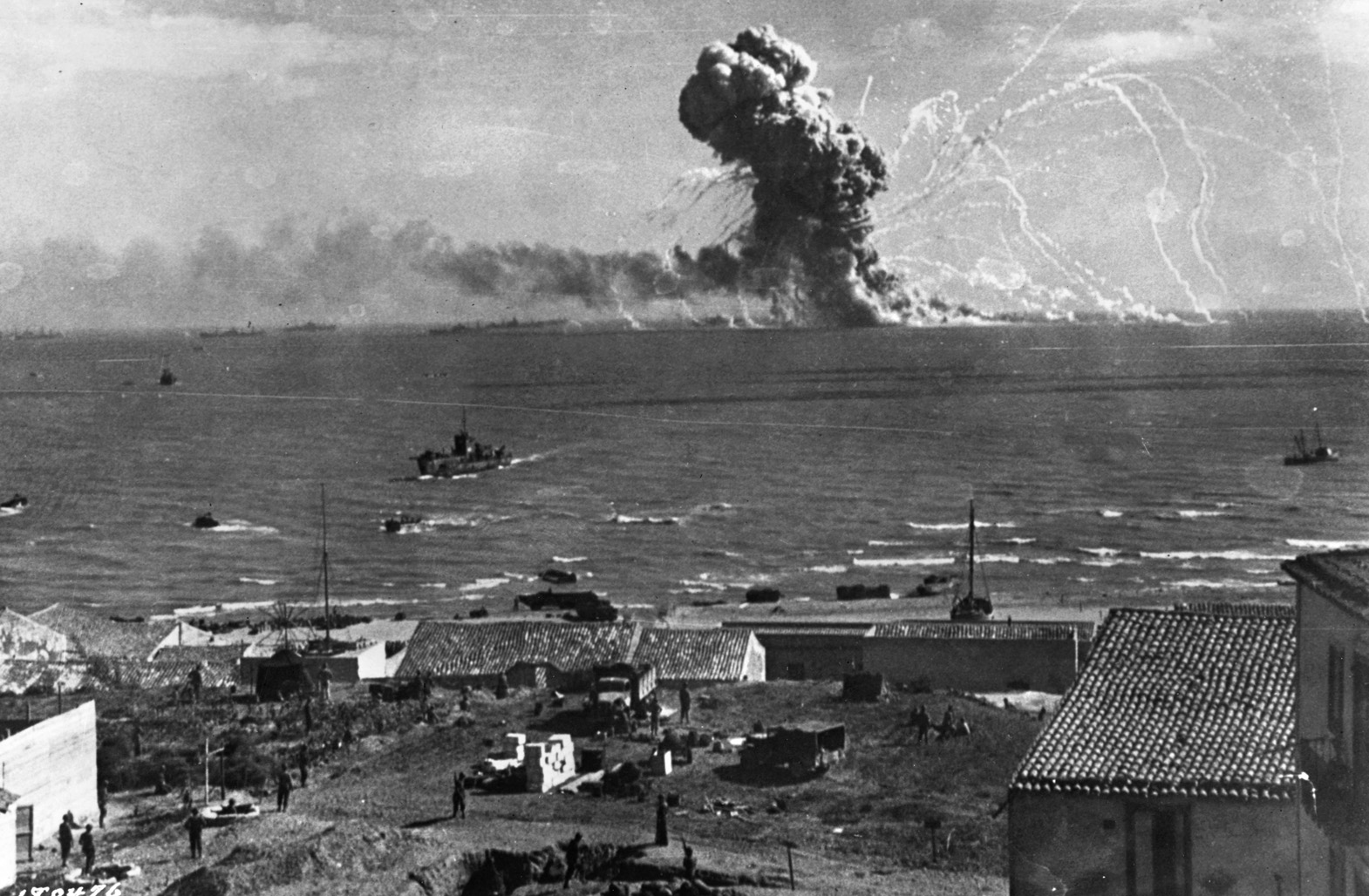
The Allies were actively targeting their Luftwaffe adversaries, albeit in a complicated, uncoordinated manner that often plagues coalition warfare. Three separate air commands, all containing both British and U.S. flying squadrons, shared the task of eliminating this Axis air threat. Separated by enormous distances, conflicting national priorities, and differing measures of success, each organization operated more or less on its own. It was a command arrangement seemingly predestined to fail.
From Tunisia, USAAF Lt. Gen. Carl Spaatz commanded the Northwest African Air Forces, while 1,300 miles away Royal Air Force (RAF) Air Chief Sholto Douglas headed Middle East Command from his headquarters in Cairo. Another organization, the Malta Air Force, operated independently under the control of RAF Air Vice Marshal Keith Park and primarily conducted air defense for that strategic island outpost.
The officer responsible for synchronizing the energies of these widely scattered outfits was RAF Air Chief Marshal Sir Arthur Tedder. But Tedder, along with the air units under his command, was busy in the spring of 1943 fighting an aggressive and capable foe over the Mediterranean littoral region. RAF and USAAF flyers knew it was far easier to destroy Axis fighters on the ground than in the sky and thus devoted significant effort to smashing enemy airfields. Likewise, bombing Italian railyards and bridges was a more productive use of Allied warplanes than striking a dug-in, dispersed, and camouflaged ground unit on the front lines.
Therefore, when time came to issue the Husky air plan, Tedder’s officers essentially put into words what their flying squadrons had been doing for months: gaining air superiority through nonstop attacks on Axis airdromes while reducing their opponent’s ability to supply or reinforce his armies by targeting key transportation choke points. The goal of Allied air power during the Sicily campaign, according to MAC’s plan, was to “seal off the beachhead.”
This meant the Mediterranean Air Command would fly deep, influencing the battle far behind enemy lines. It was a doctrine well understood by Tedder and his airmen, but one not communicated clearly to the Mediterranean Theater commander, U.S. Army General Dwight D. Eisenhower. Naval and ground force officers also failed to fully comprehend the air plan, which was written hastily and in a vague, noncommittal fashion.
Both Admiral Hewitt and Lt. Gen. George S. Patton Jr., commanding the U.S. Seventh Army, demanded fighter cover for the Husky landings, which Tedder’s headquarters just as adamantly refused to guarantee. Patton complained of his powerlessness over the Air Staff during a shipboard conference: “You can get your Navy planes to do anything you want,” he told Hewitt, “but we can’t get the Air Force to do a @#%? thing!”
Confusion reigned. As the Western Task Force action report later stated, “Naval and Military Commanders sailed for the assault with almost no knowledge of what the Air Force would do in the initial assault or thereafter.” This lack of communication later brought chaos to the skies over Sicily.
Operation Husky, set for the first hours of July 10, 1943, was an enormous undertaking. Two Allied armies, 130,000 men, would land before sunup along 105 miles of Sicily’s eastern and southern coastline. In the east, two British and one Canadian division were to seize lodgments on the Gulf of Noto. Three and a half American divisions would go in to the west, their initial objective the port city of Gela. Airborne drops were scheduled to precede each assault landing.
In terms of men, machines, and naval vessels involved, Husky was the most ambitious amphibious operation of the war thus far. Nearly 2,600 Allied ships of all types assembled to support the invasion. Sailing toward Sicily were PT-boats and cruisers, attack transports and submarines, hospital ships and destroyers. Also on hand was a vast array of landing craft, from plywood-hulled Higgins boats to cavernous Landing Ships, Tank (LSTs), under orders to deliver the assault troops onto 29 distinct beachheads.
Vice Admiral Hewitt divided the U.S. Navy’s area of operations into three zones codenamed Dime, Joss, and Cent. The Dime Attack Force, Hewitt’s main effort, was to put ashore the U.S. Army’s 1st Infantry Division near the key port city of Gela. In the westernmost Joss zone, Combat Command A of the 2nd Armored Division and the 3rd Infantry Division would land in the vicinity of Licata. And in the east, the 45th Infantry Division was set to go in along the Cent beaches at Scoglitti.
Each attack force had assigned to it a naval gunfire support group, responsible for shelling coastal fortifications, troop concentrations, and approaching enemy reinforcements. The Dime fire support group included light cruisers Savannah and Boise, plus three destroyers. Covering the Joss landings were cruisers USS Brooklyn and USS Birmingham, as well as nine destroyers. In the Cent zone, gunfire support was provided by the light cruiser USS Philadelphia along with seven U.S. Navy destroyers and HMS Abercrombie, a British monitor purpose built for shore bombardment work.
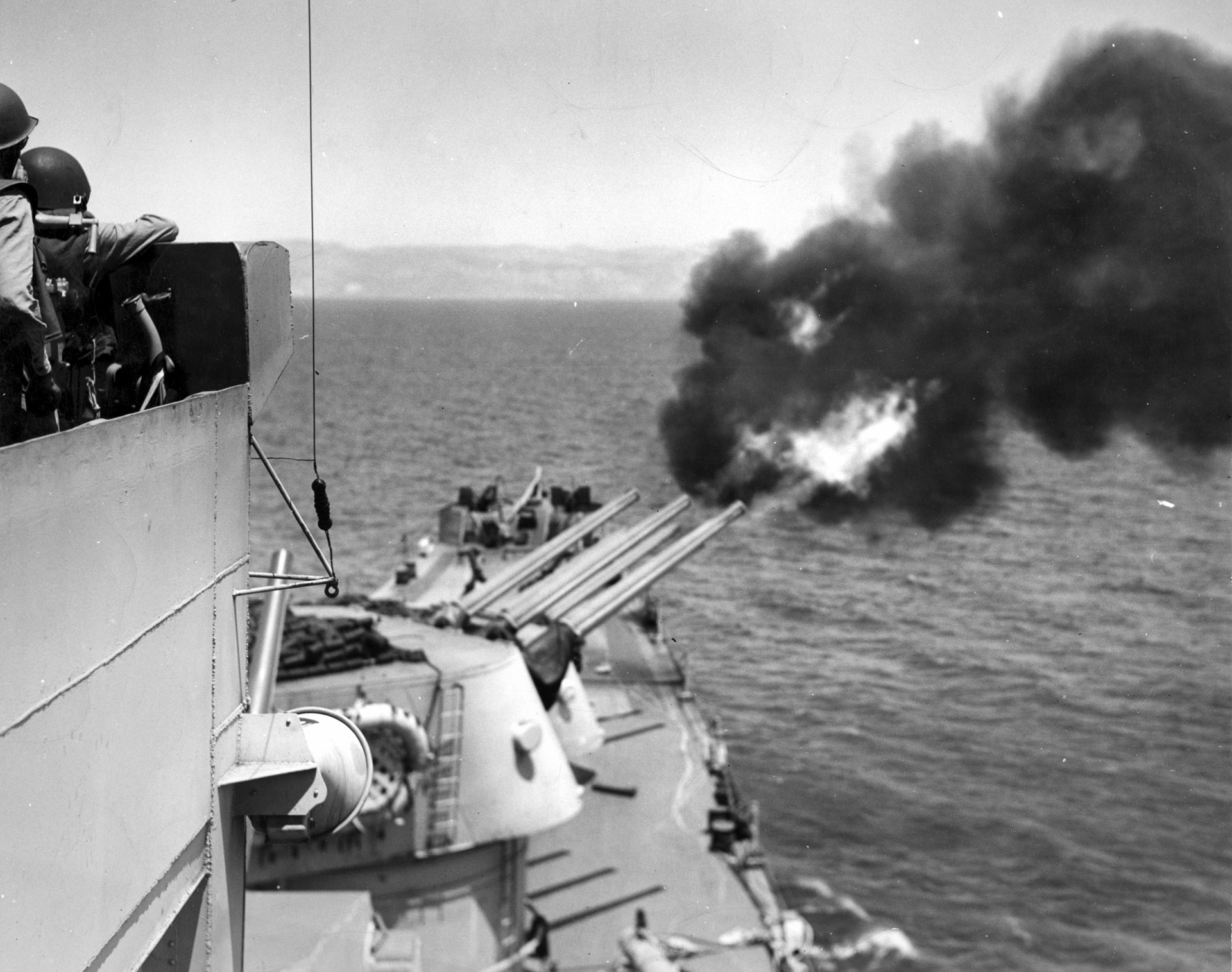
For the Husky landings, U.S. naval commanders had available 18 cruiser-based aircraft: 16 Curtiss SOC Seagulls and two Vought OS2U Kingfishers. It was never intended that these low-performance, poorly armed spotter planes should operate unescorted in hostile skies. Nevertheless, they represented the only friendly air power that most American servicemen would see on D-day at Sicily.
As dawn approached, Boise and Savannah of Dime Force maintained an oval-shaped course within their fire support area, about six miles out to sea. While most of those aboard had already experienced at least one amphibious operation, tensions nevertheless ran high. Orders to commence bombardment of preassigned shore targets, which came around 0351 hours, helped relieve some stress but could not mask the fear of enemy air attack. At 0513, just before sunup, lookouts reported hearing the drone of approaching German bombers. Savannah opened up on one intruder, identified as a Junkers Ju-88, with her 20mm and 40mm cannons a few minutes later.
It was an ominous sign. Already Luftwaffe aircraft had begun attacking the fleet, and there was still no sign of Allied fighter cover. Yet Patton’s troops on the beach needed spotter planes aloft to direct naval gunfire, so at 0530 hours both cruisers went to flight quarters. Their first SOC Seagull and OS2U Kingfisher patrols launched shortly after 0600.
A U.S. Navy Seagull flown by Savannah’s senior aviator, Lieutenant Charles A. Anderson, vaulted into the air at 0605 hours. Anderson was accompanied by Chief Radioman Edward J. True in the gunner’s seat. Sixty seconds later, another SOC manned by Lieutenant (j.g.) George J. Pinto and Aviation Radioman Robert H. Maples followed them up into the murk.
Within minutes, Anderson was dead in his cockpit—killed by an Me-109 over the coast of Gela. Chief True, using a set of emergency flight controls in the rear compartment, somehow managed to bring their sturdy Seagull down for a crash landing. Pinto tried to land alongside the crippled SOC to render aid but succeeded only in wrecking his plane as well. A whaleboat from the destroyer USS Ludlowlater pulled all three surviving airmen and Anderson’s body out of the water.
Savannah’s crew swiftly readied her last two Seagulls for action. At 0827 hours they thundered off her fantail, pilots desperate to put eyes on a column of enemy armored vehicles reportedly nearing the beachhead. Lieutenants John G. Osborne and John J. Frazier observed the tanks but were themselves seen by another pair of German pilots. Frazier’s bullet-riddled plane made it back, but Osborne and his gunner, Joseph L. Schradle, went down under the guns of a rampaging Me-109. Both men survived, however, to be rescued by the attack transport USS Barnett.
The invasion was only a few hours old and already every one of Savannah’s spotter planes had been knocked out of the fight. Two mechanized columns, one Italian and the other an armor-heavy task force belonging to Panzer Division Hermann Göring, were fast approaching American infantry at Gela. Responsibility for directing Dime Force’s guns against these fearsome threats now fell solely on the men who crewed Boise’s four observation aircraft.
At 0606 hours Lieutenant Cyril G. Lewis—senior aviator aboard the Boise—catapulted skyward in that warship’s lone Kingfisher. Aviation Radioman William R. DeArmond rode along in the gunner’s seat. Sticking closely to their wing was a Seagull flown by Lieutenant (j.g.) William T. Harding and Radioman Thomas W. Healy. Cy Lewis’s engine kept giving him trouble, though, even stalling out completely at one point. The cool-headed airman got it restarted and continued calling out target data to gunners offshore.
Flying amid intermittent enemy antiaircraft fire, Lewis and Harding banked east over the town of Niscemi where at around 0900 hours they detected dust trails moving down the road toward Gela. This was Mobile Group E, some 32 captured French tanks and wheeled vehicles of the Italian Livorno Division. As these armored leviathans neared U.S. Army roadblocks sited along a road junction at Piano Lupo, barrages of six-inch shells from Boise and Savannah suddenly began erupting around them. Several Italian vehicles were wrecked instantly, while the remainder halted in confusion—easy pickings for the 1st Infantry Division’s antitank guns and bazooka rockets.
Lewis and Harding could not witness the destruction of Mobile Group E, however, as they were chased out to sea by another flight of Messerschmitts. Trading his balky Kingfisher for the Boise’s last serviceable SOC, Cy Lewis then launched again at 1222 hours to find the Hermann Göring Division. Radioman Healy, in the gunner’s seat, accompanied Lewis on this flight.
The floatplane crew soon observed dozens of German Mark III and Mark IV tanks, accompanied by infantry, approaching Piano Lupo. This was the western prong of a powerful counterattack that, if left unchecked, might drive Patton’s Seventh Army into the sea. Quickly, the airmen radioed in map coordinates and target descriptions to waiting warships. Salvo after salvo of high-explosive death then rained down on the Germans, delivered by cruisers and destroyers of the Dime support group.
It was while directing this fire that Lieutenant Lewis was shot up and forced to flee by two Me-109G fighters of Jagdgeschwader 53, operating from a forward airstrip near Gerbini. All day the Germans had been ferrying Messerschmitts to Sicily from bases on the Italian mainland and Sardinia with little interference from Allied air forces. And flights of green-tan camouflaged “Gustavs” continued to scream at low levels across southern Sicily, popping up to slaughter the lumbering American floatplanes.
In the westernmost Joss zone, Birmingham was entering battle for the first time. Her two scout-observation planes, a Seagull and a Kingfisher, catapulted skyward at 0425 hours. Birmingham’s SOC, piloted by Lieutenant Robert D. Cox, was recovered three hours later after it was damaged by U.S. antiaircraft shells. Trigger-happy Navy gunners also contributed to the tragic death of Aviation Ordnanceman Mackey M. Prutlipac, who fell from the rear seat of Ensign Joseph H. McGuinness’s OS2U while it attempted to evade this so-called friendly fire.
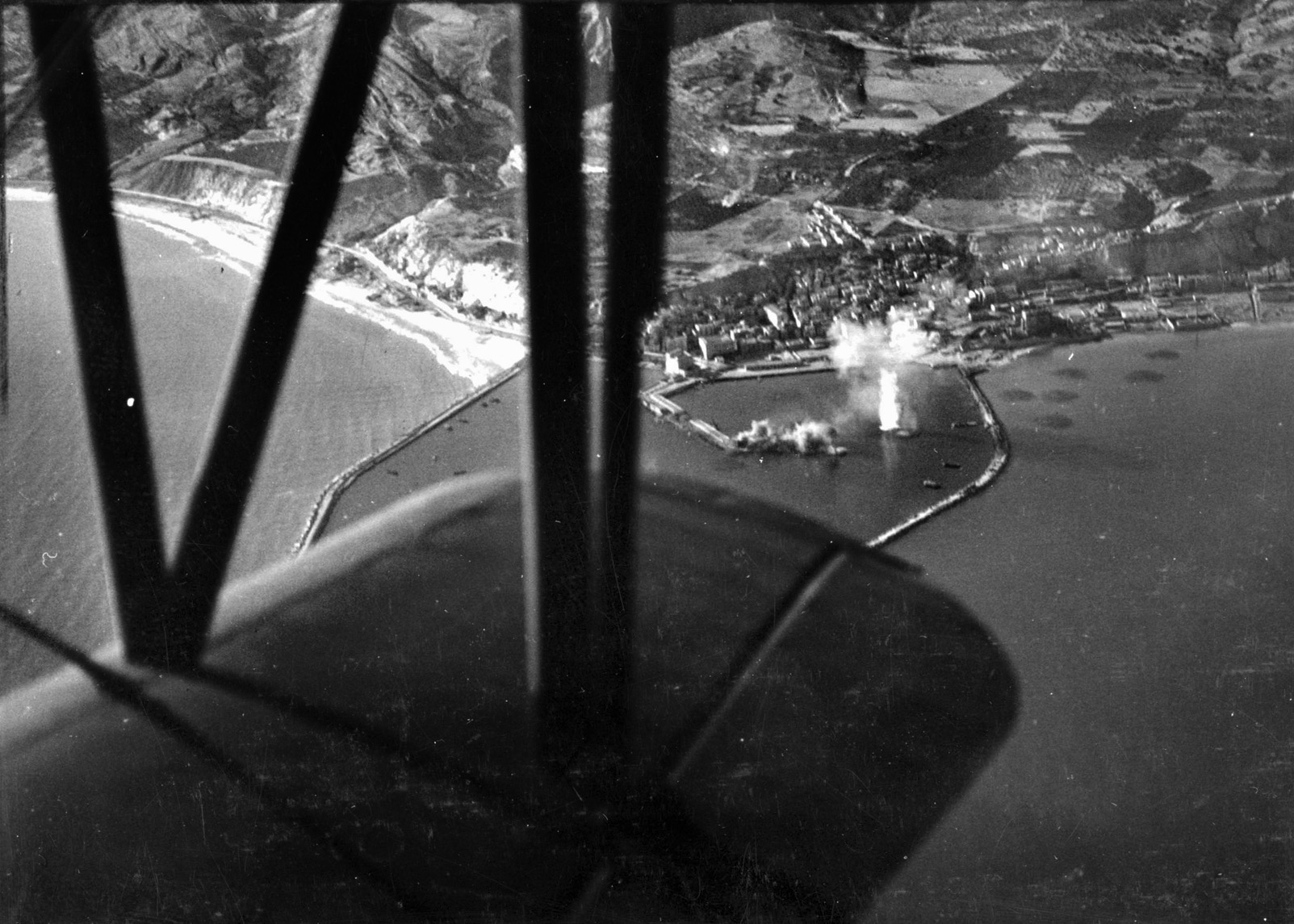
The Brooklyn’s aviators now had to take over all spotting duties for Joss Force. Operating over Licata after an early morning launch were two Seagulls flown by Lieutenant Delwine A. Liane and Lieutenant (j.g.) Charles C. Aikens. In the predawn gloaming, Laine and Aikins used rivers and the Mediterranean coast as reference points until the sun rose high enough for them to distinguish landmarks. They directed accurate gunfire from Brooklyn, Birmingham, and a number of destroyers until ordered to return at 0917 hours.
Throughout the day both cruisers steamed up and down the beach while firing rapidly against Italian machine-gun nests, antiaircraft batteries, and artillery positions. The Brooklyn’s other two SOCs, flown by Lieutenant (j.g.) David F. Weaver and Ensign Morris G. Pickard, launched at 1217 hours in response to orders directing them to investigate suspected enemy vehicle activity west of the beachhead. Repeated requests for fighter escort went unfulfilled, forcing the pair of Seagulls to head deep into Axis territory very much on their own.
Brooklyn’s spotter planes completed this sacrifice play without incident, and—finding nothing of interest to report—recovered uneventfully at 1717 hours. Their mother ship had expended 1,152 six-inch rounds on July 10, working with Birminghamand Joss Force’s destroyers to provide invasion troops with “very effective fire,” in the words of the 3rd Infantry Division commander.
Off to the east, air crews flying from Philadelphia over the Cent zone had their hands full. In addition to spotting for their own cruiser, the Philly’s aviators also needed to support the monitor Abercrombie, which had no aircraft of its own. Accordingly, between 0601 and 0643 hours, Philadelphia launched all four of her SOC floatplanes to help cover the U.S. 45th Infantry Division’s landings.
The Seagull crews went straight to work, identifying a gun emplacement near Scoglitti that was making trouble for Allied transport vessels. Philadelphia unleashed a broadside at 0630 hours, pulverizing this coastal battery. Both Philadelphia and Abercrombie continued to engage targets all day as directed by shore parties and Philly’s spotter planes. They also helped guard the fleet against a growing number of Axis aircraft.
Lieutenant Commander Richard D. Stephenson, the Philadelphia’s senior aviator, fell victim to some of these marauders while observing for the Abercrombie. At 1315 two Messerschmitts jumped his SOC, sending it down in flames over the Gulf of Gela. Neither Stephenson nor his gunner, Aviation Radioman Douglas W. Pierson, survived the crash.
Another Philadelphia Seagull participated in what might have been the oddest incident of the Sicily campaign. Lieutenant (j.g.) Paul E. Coughlin and his gunner, Aviation Radioman Richard Shafer, were flying over Ponte della Camerina when they observed enemy troops moving around on a hillside below. Receiving permission to engage, Coughlin and Shafer swept down to attack with 100-pound bombs and .30-caliber machine guns.
After making three firing passes, they noticed a flurry of white flags waving from the Italians’ position. Orbiting low overhead, Lieutenant Coughlin pondered what to do next. Then he began waving his new captives on toward a group of approaching GIs. A few rounds from Shafer’s .30-caliber rousted those reluctant to surrender.
“We rode herd on them,” Coughlin recalled, “very much the same as in handling cattle.” Shafer fired short bursts to corral “strays” until his gun malfunctioned, then aimed the weapon at stragglers while rapidly firing his .45-caliber pistol. “This demonstrated good thinking on the part of the radioman,” Coughlin concluded in his official report.
Coughlin and Shafer rounded up at least 100 prisoners before a brace of Me-109s pounced, forcing them to dive underneath the protection ofPhiladelphia’s guns. This strange occurrence marked the end of an eventful day for the floatplanes supporting Cent Force; by dusk RAF Supermarine Spitfires flying from Malta arrived to furnish long overdue air cover.
These Spitfires showed up too late to save the U.S. Navy’s cruiser-based observation aircraft. Four naval aviators perished in aerial combat over Sicily on July 10, 1943, while four SOCs had been destroyed. Another six floatplanes were in need of extensive repair, and ships’ captains now refused to launch their spotters without friendly fighters overhead. Again, Admiral Hewitt and his staff asked, “What happened to our Air Force?”
For their part, USAAF commanders complained (with some justification) that Navy antiaircraft gunners fired indiscriminately at everything flying overhead, forcing Allied warplanes to stay well above the fleet. Much later, Army Air Forces records revealed that four squadrons of P-40 Warhawk pursuits assigned to cover the invasion had been at the last minute redirected to bomber escort duty. No explanation for this change of mission was ever made.
In Husky’s aftermath, senior naval officials were quick to condemn the lack of air cover over American beachheads. In his action report of the campaign, Hewitt wrote, “Close support by aircraft in amphibious operations, as understood by the Navy, did not exist in this theater of operations.” Later in his report, Hewitt stated that “use of present type cruiser planes for spotting, when opposed by enemy fighter aircraft, is either impracticable or excessively costly.”
Captain L. Hewlett Thebaud, skipper of the Boise, agreed. While condemning the “unwisdom” of employing cruiser-based aircraft “wholly without fighter protection,” he lauded those scout-observation crewmen who faced the Messerschmitts over Sicily. “This ship’s planes,” Thebaud proclaimed, “were flown by pilots of great skill, courage, and determination.”
Nearly everyone who went up in an unarmored, slow-flying Seagull or Kingfisher that day received a Distinguished Flying Cross for his heroism under fire. Many of these aircrewmen also spotted targets at Salerno in September. This time, campaign planners made sure several Royal Navy escort carriers were present to ensure friendly fighters dominated the skies overhead. Unsurprisingly, not one Allied floatplane was shot down during the Salerno invasion.
Nevertheless, for spotting duty over Normandy and Southern France in the summer of 1944, it was decided that cruiser-based aviators in Europe should operate aircraft better able to survive an encounter with high-performance enemy fighters. What these pilots felt upon leaving behind their trusty SOCs and OS2Us has been lost to history, but one can easily imagine their reactions upon learning they would be flying Spitfires or North American P-51 Mustangs for the Overlord and Anvil-Dragoon landings.
Along with Vought’s OS2U Kingfisher, the Curtiss SOC Seagull fought on throughout World War II. The introduction of helicopters—cheaper, more versatile, and easier to operate—signaled the end of catapult-launched floatplanes in U.S. Navy service. The last Seagull was retired in 1948.
Patrick J. Chaisson is a retired U.S. Army officer and historian who writes from his home in Scotia, New York.
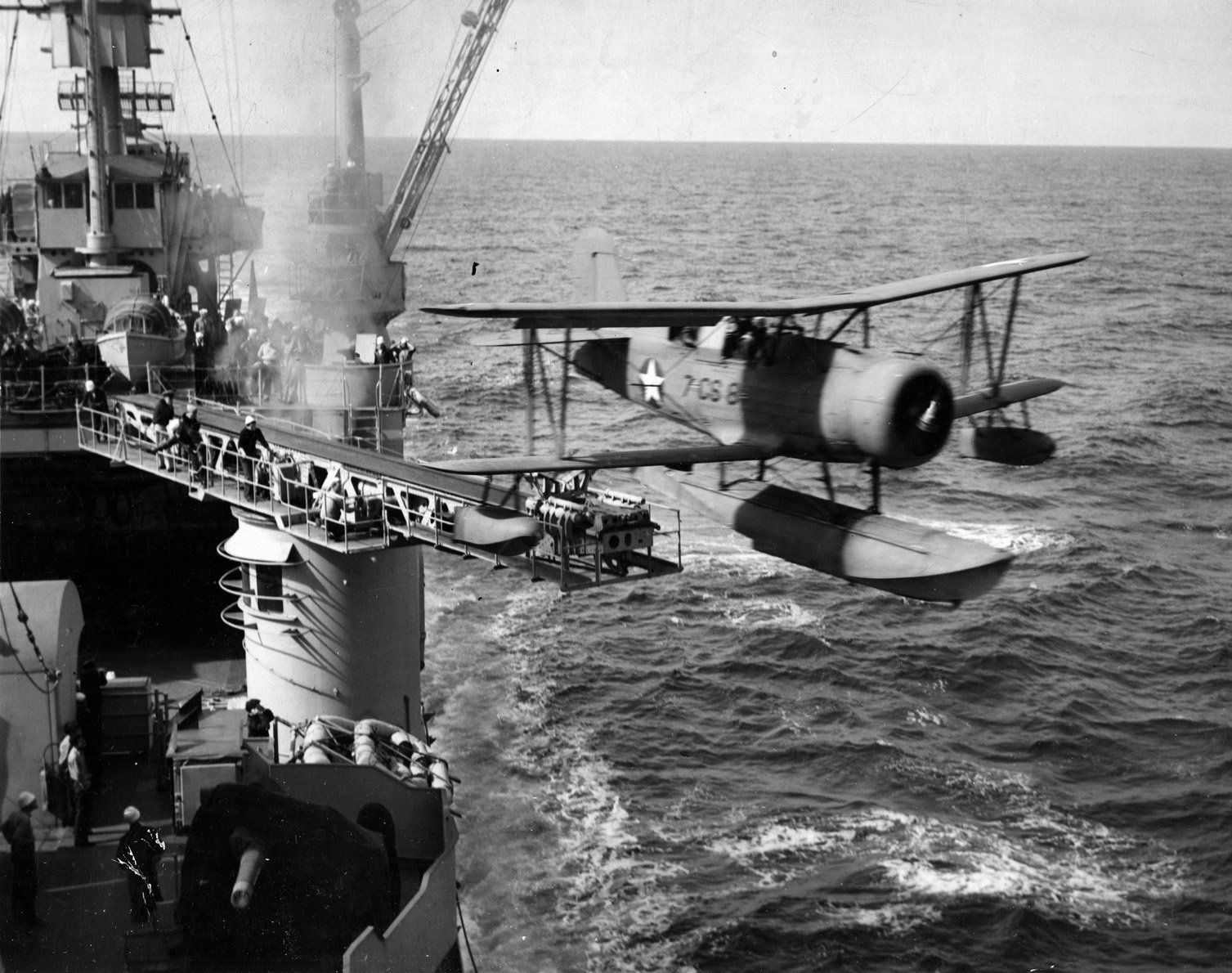

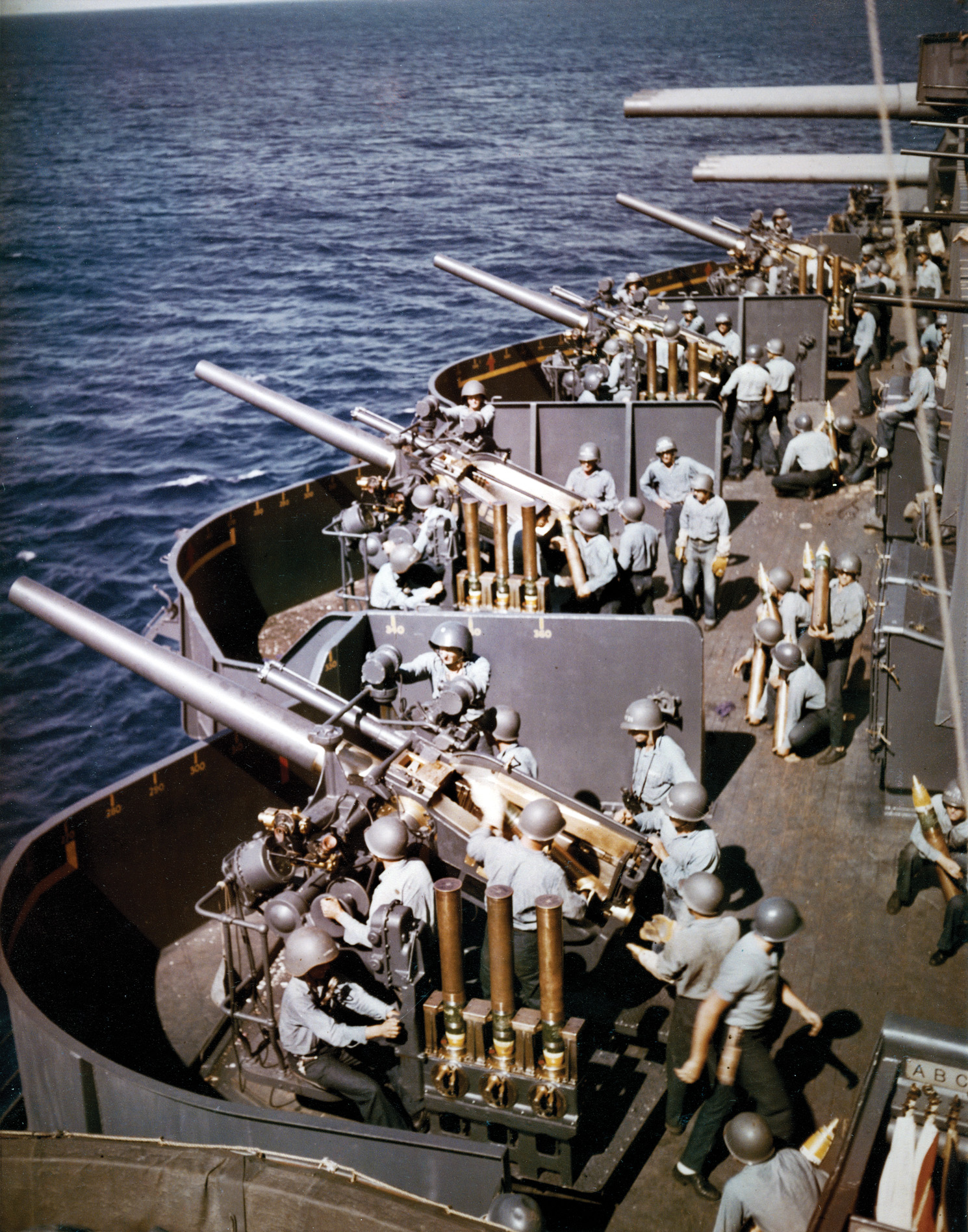
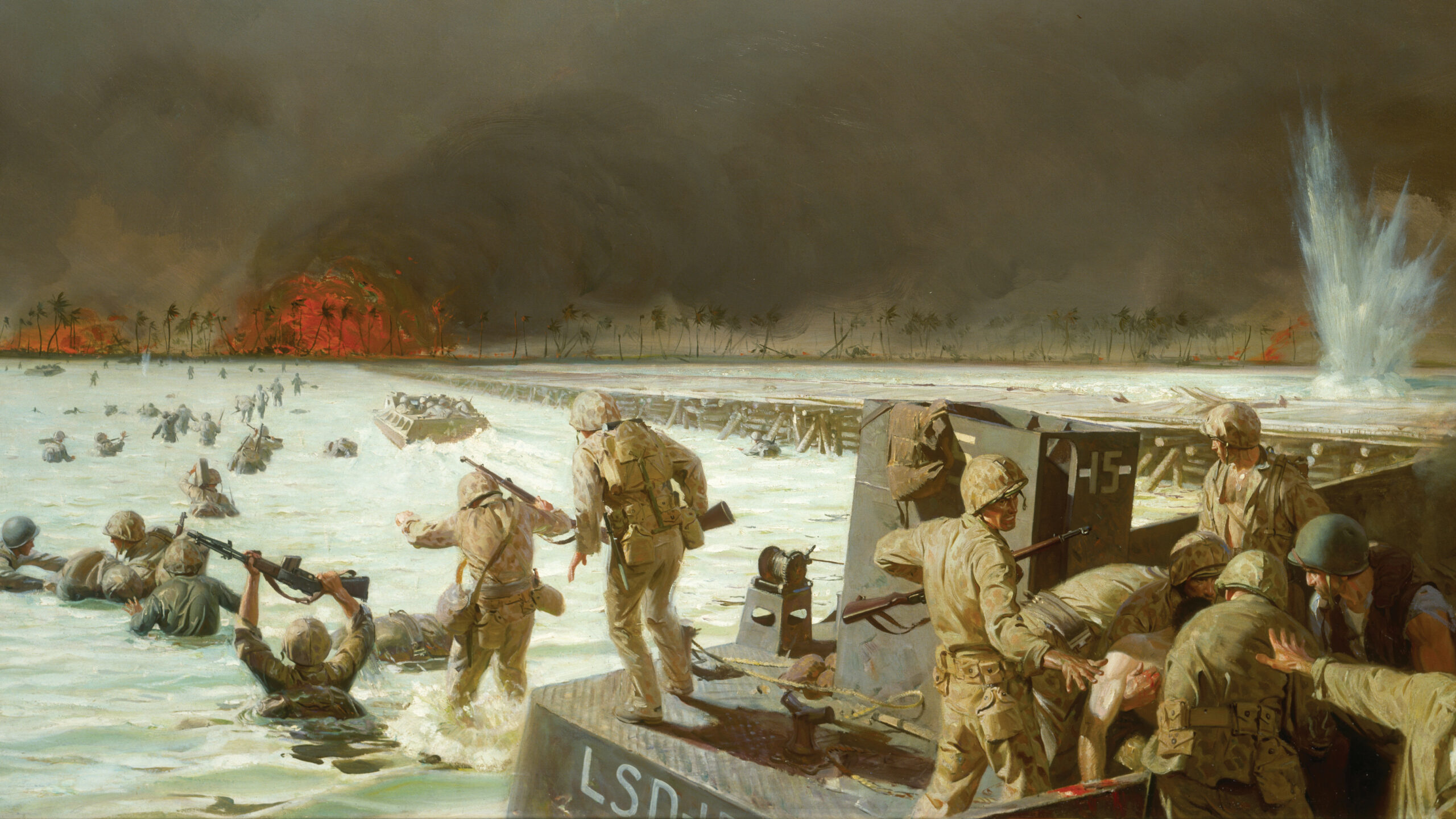
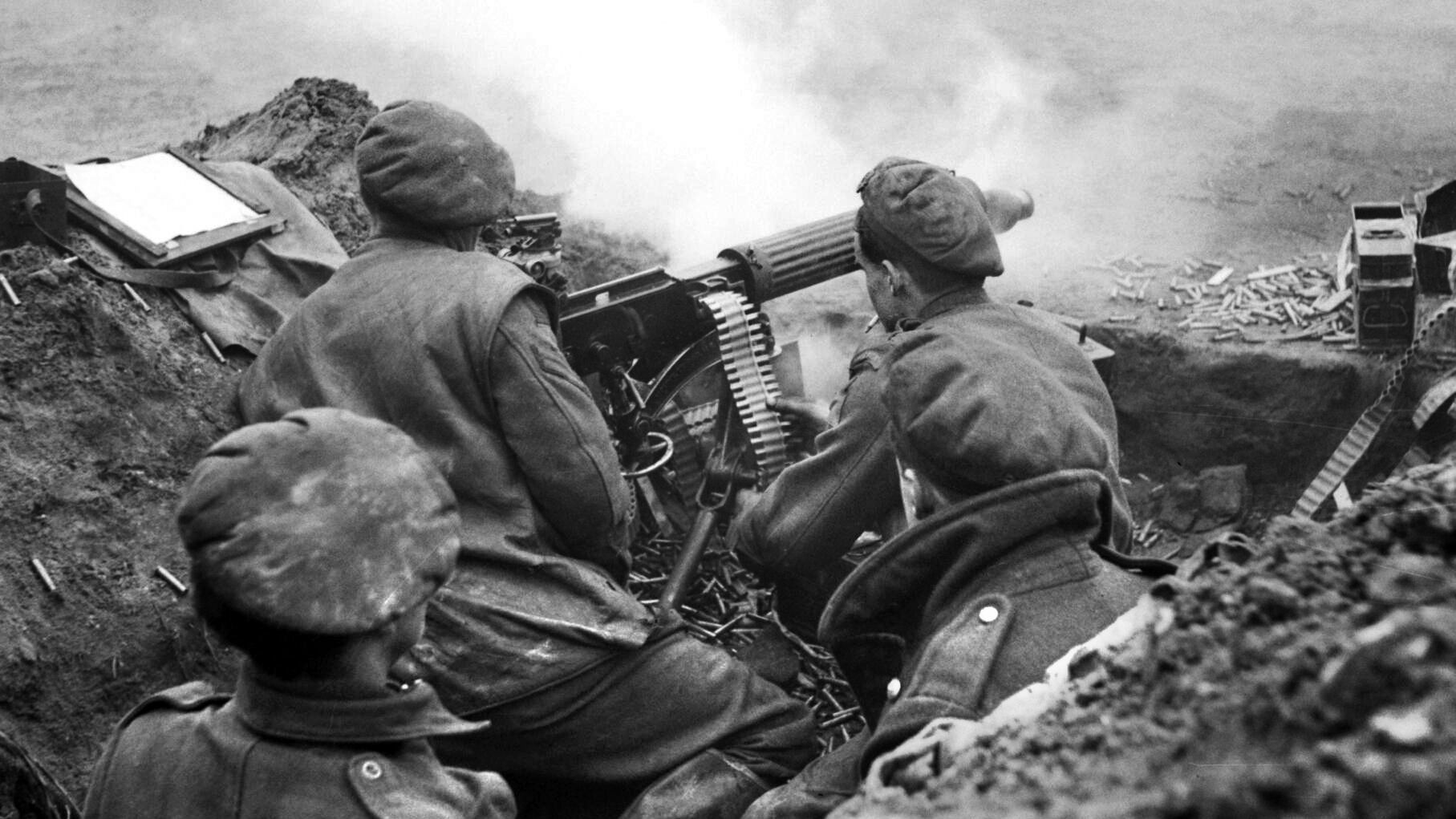
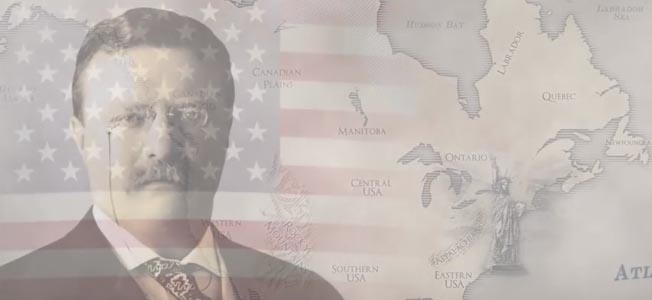
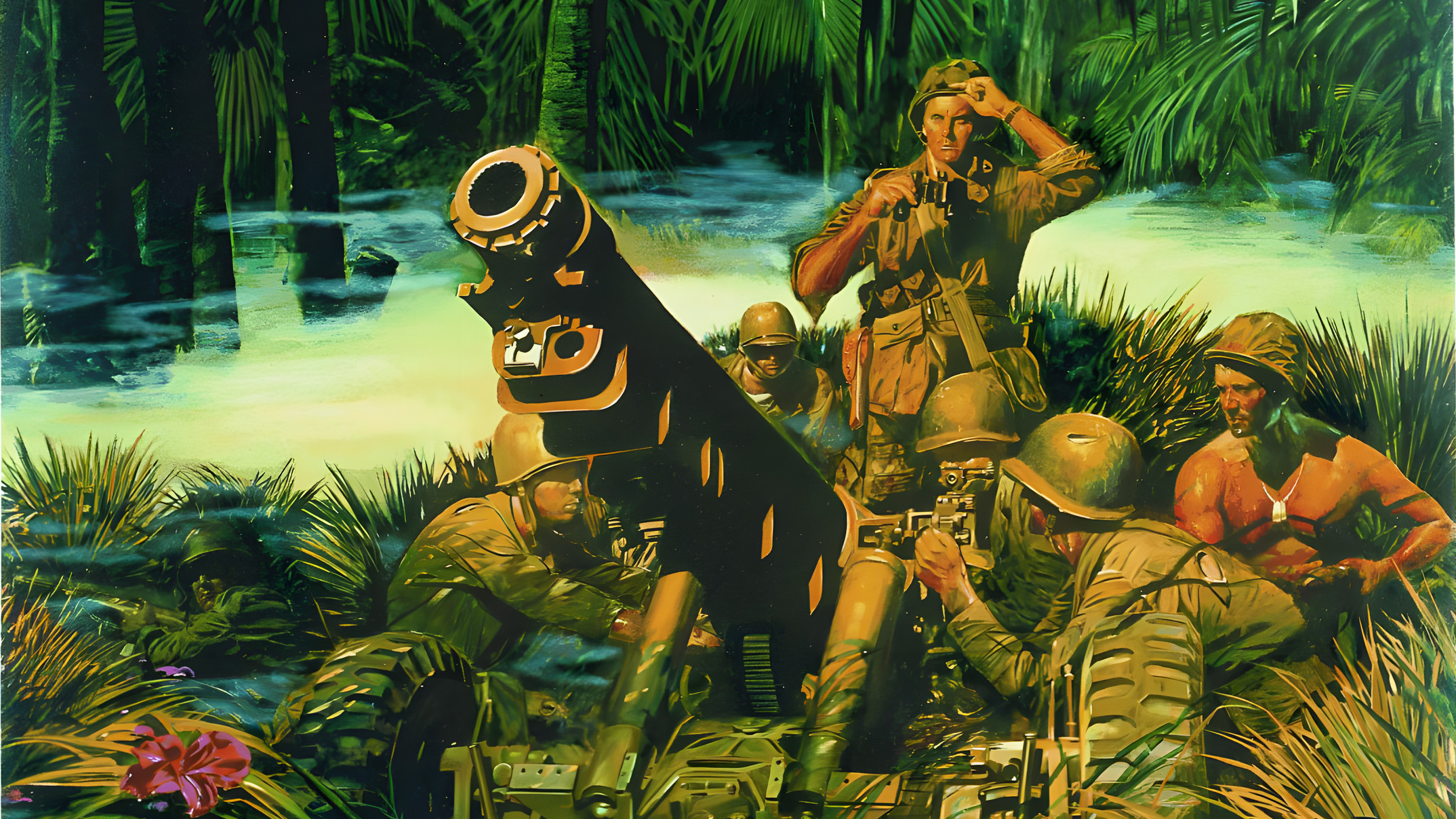
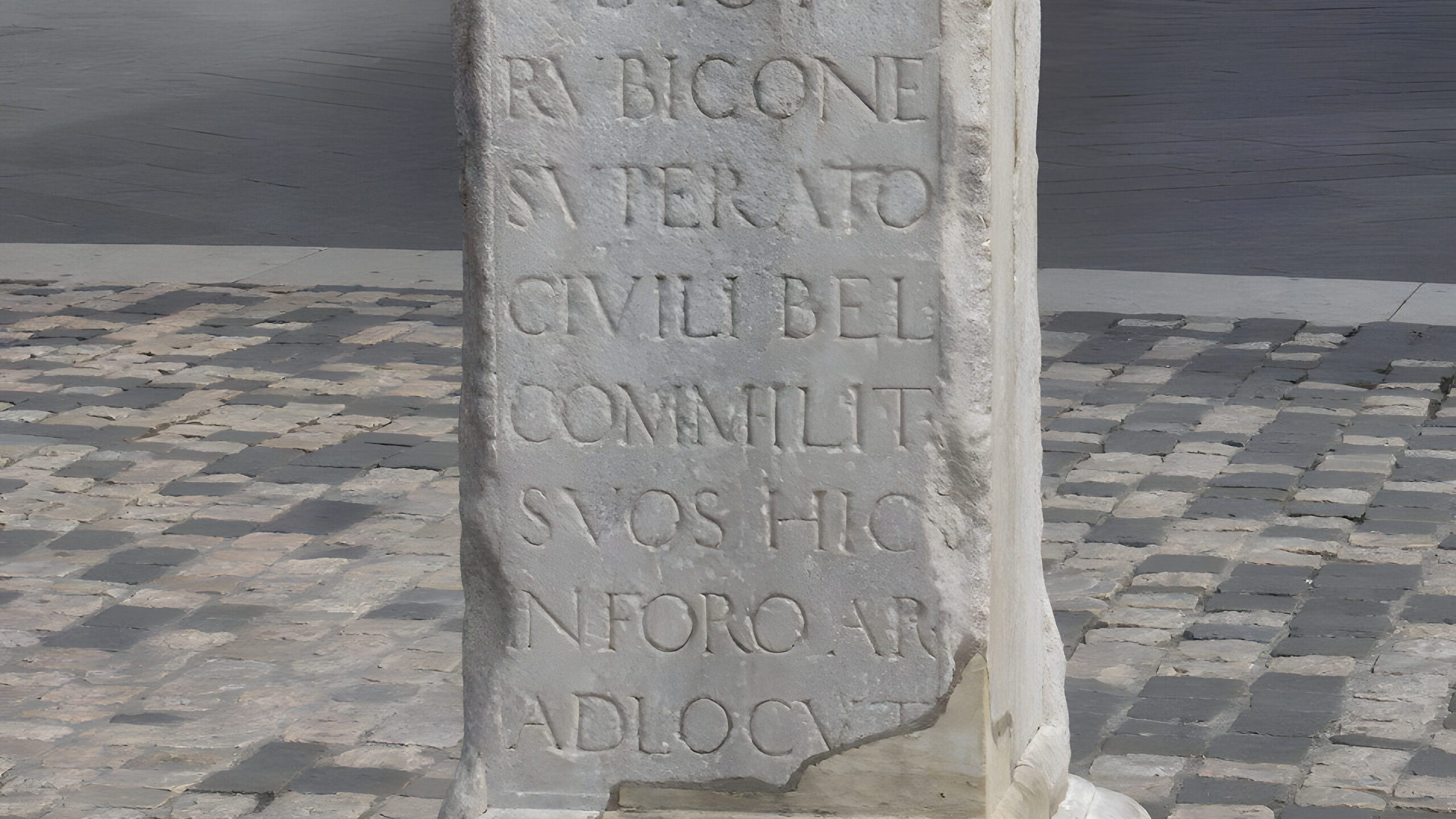
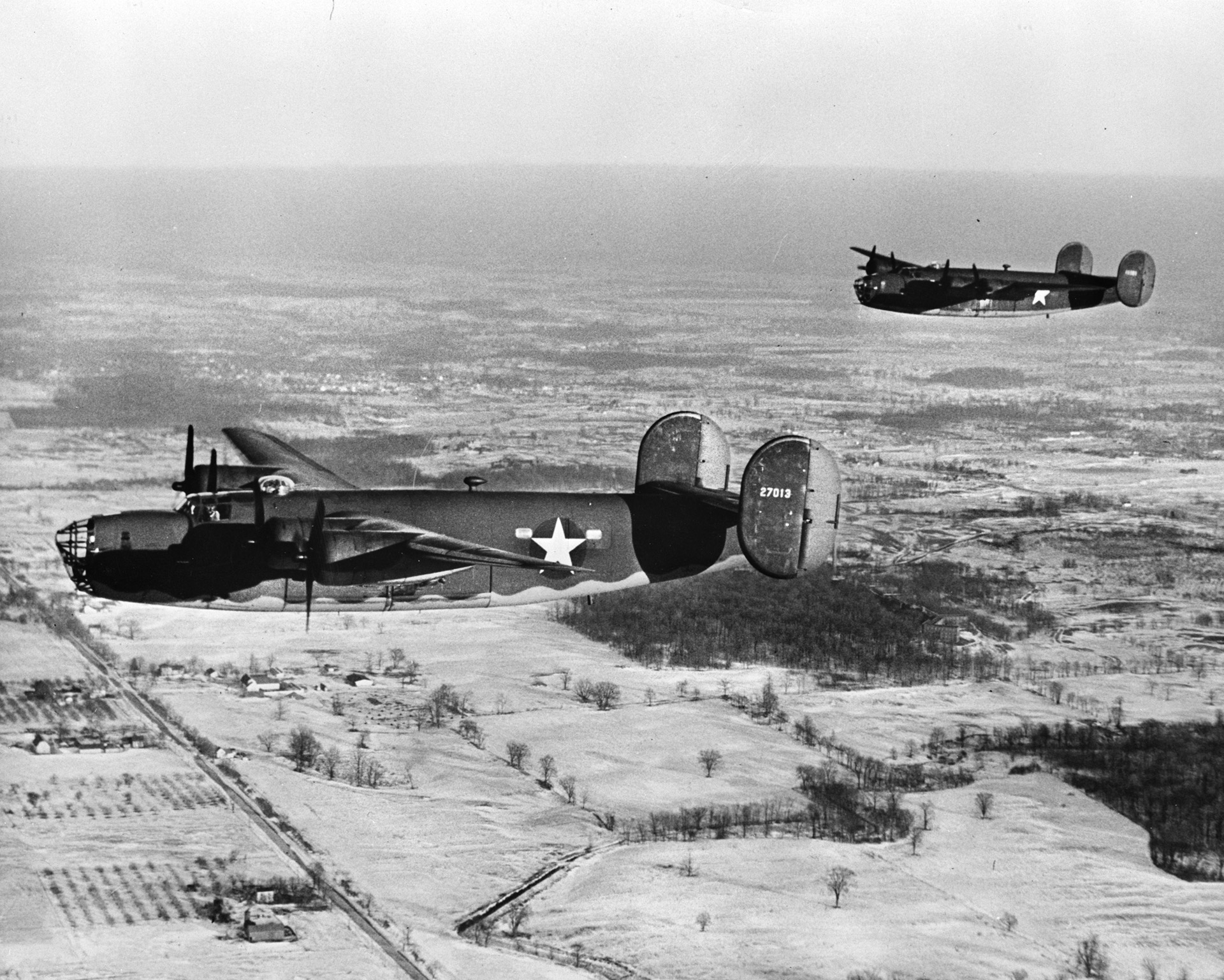
In the above story, in the paragraph above the third picture it says, “Trigger-happy Navy gunners also contributed to the tragic death of Aviation Ordnanceman Mackey M. Prutlipac, who fell from the rear seat of Ensign Joseph H. McGuinness’s OS2U while it attempted to evade this so-called friendly fire.”
This is not quite the same way that Mr. McGuinness, my brother-in-law’s father, told it to me. He told me that “Mack”, as he called him, had navigated for him the whole way back to their ship, and it was then that he found out that Mack had been hit and had died, when Mack fell out of the plane when they got back to their ship. I do not know if the plane was on board the ship yet or if it was still in the water waiting to be hoisted aboard by crane.